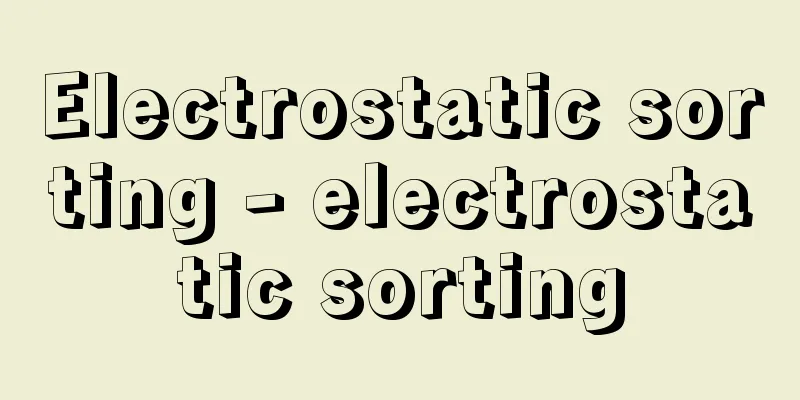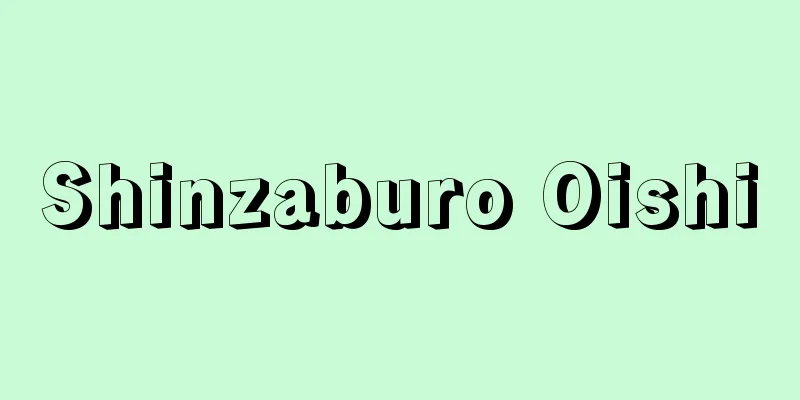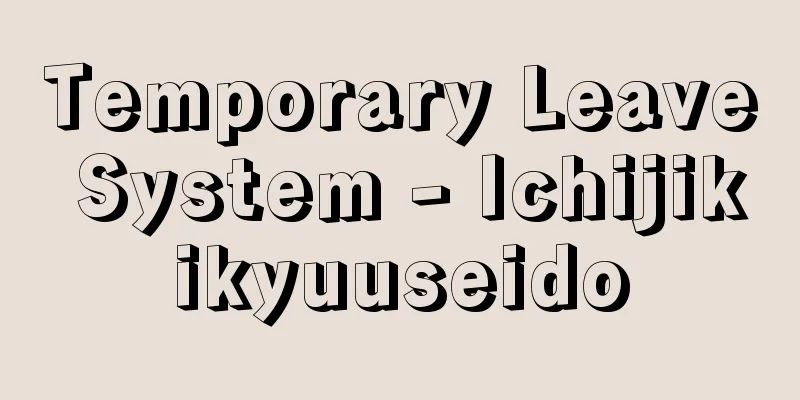Electrostatic sorting - electrostatic sorting

|
A mineral-dressing method that utilizes the difference in electrical conductivity between different types of minerals. In general, fine-grained minerals are placed on an electrically grounded rotating metal drum, and when a voltage is applied to an electrostatic electrode (negative electrode) placed opposite the drum, the charge on the particles becomes almost zero for poor conductors, while good conductors become positively charged and are attracted to the negative electrode. This is used for titanium ore, tungsten ore, etc. →Related topics Mineral processing Source : Heibonsha Encyclopedia About MyPedia Information |
|
異種鉱物間の電気伝導率の差を利用した選鉱法。一般には電気的に接地された金属製回転ドラム上に細粒の鉱物を載せ,ドラムと対向する位置に設置された静電電極(負極)に電圧を加えると,不良導体では粒子の電荷量はほぼゼロになり,良導体では正の電荷を帯びて負極に引きよせられるようになることを利用して選別を行っている。チタン鉱,タングステン鉱などに用いられる。 →関連項目選鉱 出典 株式会社平凡社百科事典マイペディアについて 情報 |
<<: Electrostatic units - electrostatic units
Recommend
Joan, B. (English spelling) JoanB
...After that, various dance notation methods wer...
Fundamental Law of Education
This law, Act No. 25 of 1947, directly proclaims ...
Changkufeng Incident
A clash between Japanese and Soviet troops occurr...
Soil corrosion
...Localized corrosion includes pitting corrosion...
Local development - Jiokoshi
Also written as "jiko" or "jioki.&q...
Lemming - Norway lemming
It is an animal of the mammalian class, rodent or...
Stitchwork
...Others are named after the technique or the er...
ginger
Also known as Hanasukusha. A perennial plant of th...
Posthumous name - Okurina
In ancient China and Japan, it was a name given t...
Chemical volumetric meter
A glass volumeter used in scientific experiments,...
Overhead ground wire
A ground wire is a conductor that is installed on ...
The Psychology of Foules (English)
…Originally starting out as a doctor, his broad i...
Linear algebra - senkeidaisugaku (English spelling) linear algebra
Linear algebra is a branch of algebra that studies...
Misenus
...It was believed that blowing a conch shell wou...
Economic Philosophy
The first aspect in which modern economics, which ...





![Ibusuki [city] - Ibusuki](/upload/images/67caf14755b92.webp)



